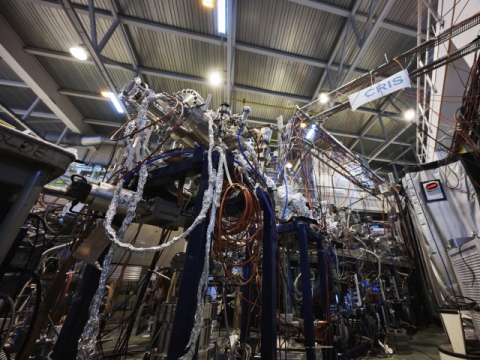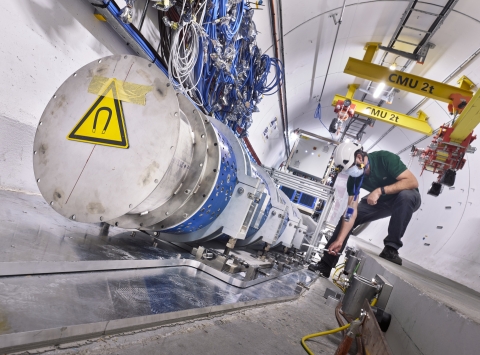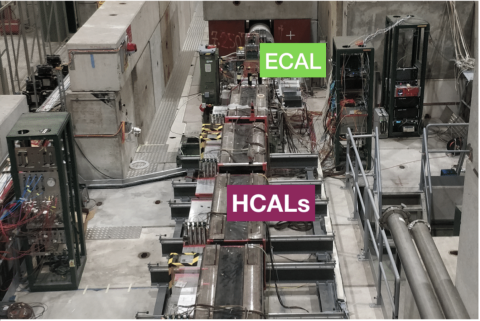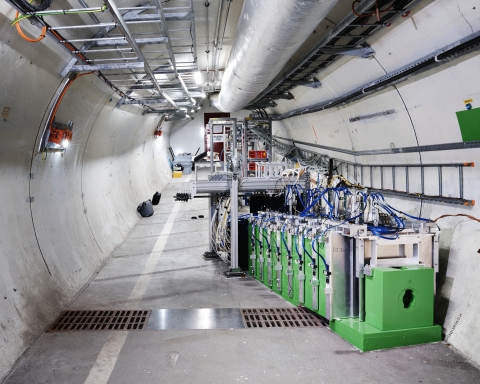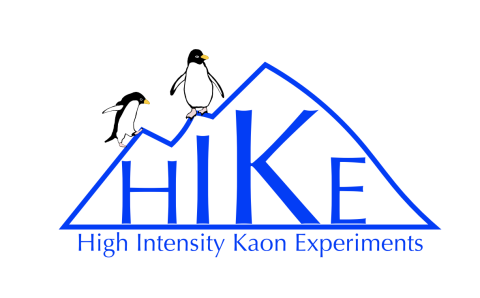SME
CLOUD experiments show that trees can make their own clouds.
Atmospheric aerosols are tiny solid or liquid droplets suspended in the air. They are all around us, emitted from a variety of natural and anthropogenic sources. Although aerosol particles are too small to be seen with the human eye, they have a…
Read moreALPHA experiment at CERN observes the influence of gravity on antimatter.
In a paper published earlier this autumn in Nature, the ALPHA collaboration at CERN’s Antimatter Factory shows that, within the precision of their experiment, atoms of antihydrogen – a positron orbiting an antiproton – fall to Earth in the…
Read moreSHiP collaboration sets course on New Physics
The Search for Hidden Particles (SHiP) experiment with the associated Beam Dump Facility (BDF), currently under consideration for implementation in the SPS ECN3 beam facility, is designed to perform a generic and exhaustive search for feebly…
Read moreISOLDE lays the ground for CP violation tests with radioactive molecules
All atoms heavier than bismuth, which has 83 protons, are radioactive and their isotopes have short half-lives, with few exceptions. As a result, the study of heavy atoms and their molecular compounds is complicated by the radioactive decay of the…
Read moreFirst Physics Results from the FASER Experiment
FASER is a new small LHC experiment designed to search for light, weakly interacting, long-lived beyond-standard model particles such as dark photons and to detect high energy neutrinos produced in proton-proton collisions. The FASER detector is…
Read moreANUBIS: a guide into the dark sector
The ancient Egyptians believed Anubis was a jackal-headed god who accompanied kings to the underworld. Today we know better: ANUBIS is a proposed extension to the ATLAS detector to explore the dark sector by searching for long-lived particles (LLPs…
Read moreLighting the dark with NA64: news from Light Dark Matter searches
The existence of Dark Matter (DM) has been inferred by Cosmology and Astrophysics through its gravitational effects. However, its microscopic nature remains one of the most pressing questions in particle physics. Scenarios in which the DM is a…
Read moreChronicles of SND@LHC’s first year of data taking
The year 2022 saw the culmination of 18 months of intense preparatory work with the SND@LHC Collaboration entering the highly anticipated phase of commissioning with beam and first year of data taking. After the installation of the neutron shield…
Read moreRadioactive ion beams at ISOLDE bring the nuclear clock a tick closer
The precise measurement of time and frequencies has always played an important role in the history of science. Since the adoption of the caesium-133 standard as the definition of the second within the Système International (SI) in 1967, a network of…
Read moreHIKE collaboration targets a new era of kaon experiments
The recently proposed High Intensity Kaon Experiments (HIKE) project offers a long-term vision for a research programme at CERN, covering experimental searches in the kaon sector that could enable a new generation of searches and indirectly probe…
Read more



